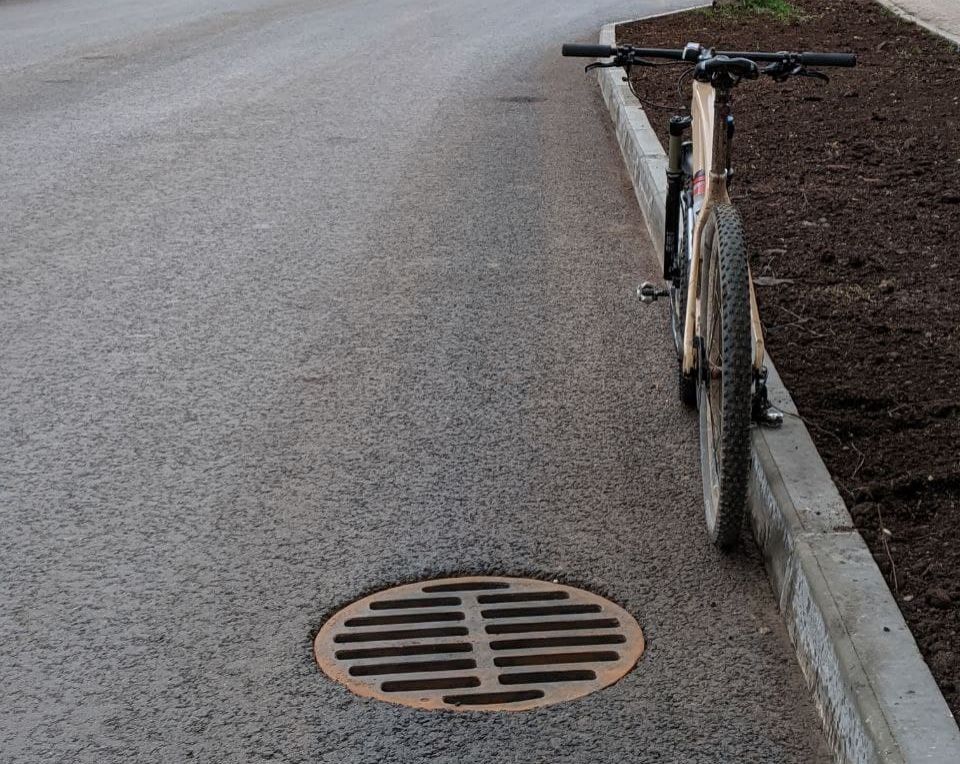
Bicycles have been a key part of American transportation and leisure for more than 100 years. Cycling is excellent exercise, is more environmentally friendly than driving, and can save money on transportation. It’s no surprise that many Americans, particularly in warmer states such as Florida and California, own and regularly ride bikes.
However, biking can also be risky. Road hazards like sewer grates can lead to accidents and serious injuries for riders. If you’ve been in a bicycle accident, contact a bicycle accident attorney to start your claim process.
How Do Road Hazards Cause Bicycle Accidents?
Cars, trucks, and other motor vehicles can navigate potholes or fissures in a roadway without much difficulty, but cyclists face greater challenges. Streets with defective design or improper maintenance can be particularly dangerous for cyclists.
According to the National Highway and Traffic Safety Administration (NHTSA), 43% of cyclists feel unsafe during their rides, often citing uneven road surfaces as a major concern.
Bicycles, like motorcycles, are prone to crashes caused by road hazards due to their relative instability and thin tires. Sudden changes in the riding surface can cause even experienced cyclists to fall or lose control and veer into the path of a vehicle.
Common road hazards that lead to bicycle accidents include:
- Potholes
- Sewer grates
- Railroad and trolley tracks
- Gravel
- Sand
- Sticks
- Weeds
- Other natural debris
While accidents involving natural debris are usually considered unavoidable, liability for accidents involving potholes, sewer grates, or railroad and trolley tracks typically falls on the government entity responsible for maintaining the roadway.
Determining liability and obtaining compensation from the government often depends on the type of road hazard and whether the government agency could have prevented it.
Why Are Sewer Grates Dangerous for Bicyclists?
A major hazard for cyclists in many states and cities is sewer grates. Unfortunately, if a city’s sewer grate bars align with traffic, your bike tire can easily become trapped between them.
Fortunately, due to advocacy from cyclists, most cities in the United States have redesigned their sewer grates.
So, how is a government body liable for bike accidents involving sewer grate bars?
- Firstly, cyclists have the right to expect safe road conditions.
- Secondly, sewer grate bars that align with traffic pose a significant, unforeseen danger.
- Lastly, there are affordable and easy solutions for this problem, which the government didn’t provide.
If the government fails to address this hazard, it will be accountable for any harm caused to cyclists.
Other Common Road Hazards Responsible for Bicycle Accidents
Here are 2 common road hazards, apart from sewer grates, that lead to bicycle accidents:
1. Potholes
Potholes are often found on roads due to the long-term effects of wear and tear. This results in surface damage as well as temporary fixes by government bodies that may not last long.
When it comes to the government’s responsibility, it depends on whether they were aware of the potholes and how long they had been there. If they were not informed or if the pothole was new, they may not be held accountable for any damages.
However, the situation changes if:
- The potholes had been present for months or even weeks before the accident.
- The government had received complaints and reports about the potholes and their dangers.
In such cases, the government could be held responsible for damages because it did not address the issue promptly.
2. Trolleys or Rail Tracks
Bicycle tires can easily get caught in trolleys and railway tracks, causing the rider to veer into oncoming traffic or have an accident. When there are rail or trolley tracks on the road that run parallel to traffic, they can be very dangerous. This is especially true when cyclists are trying to cross the road at an angle.
The government’s liability for bike accidents caused by trolley or railway tracks typically depends on the position of the track or rail – tracks and rails perpendicular to the road are not usually a significant road hazard.
If the tracks or rails are no longer in use and pose a danger, the government should have covered or removed them for safety reasons.
